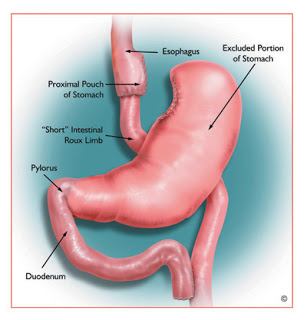And….we’re off!!! ENDO 2015 is off to a fabulous start. I’m excited to share with you our learnings about diabetes and bone disease from a symposium held this morning. You’ll need a few extra minutes to read this post – it’s a little longer than my usual blogs – so much to cover and share! Grab a cuppa and get comfy. 🙂
We were first provided an overview of the impact of type 1 diabetes (T1DM) and type 2 diabetes (T2DM) on the skeleton, by Dr Ann Schwartz. We learned that diabetics are at an increased
risk of fracture (broken bones) than people without diabetes. In T1DM, bone density is lower than in non diabetics, suggesting a moderately increased risk of hip fracture. However, studies have
shown that a type 1 diabetic is actually at over a 6 times higher risk of a hip fracture compared to a non diabetic (much higher than differences in bone density would suggest), suggesting that there is much more to the story than a lower bone density.
In type 2 diabetics, the situation is different. As 90% of T2DM patients struggle with overweight or obesity, bone densities are higher, a result of the higher body weight that the skeleton supports. Despite this, T2DM patients are at 40% higher risk of hip fracture; after adjusting for body mass index (BMI), there is a 70% increased risk of hip fracture compared to non diabetics.
While diabetics are at a higher risk of falls (see below for more thoughts on this), studies that controlled for falls still show a higher fracture risk – again suggesting that there is something going on in the bones themselves that increase fracture risk.
So why are diabetics at a higher risk of fracture for a given bone density? Many possibilities have been suggested in terms of differences in bone structure at the microarchitectural level, but as
Dr Mary Larsen Bouxsein pointed out, there is little that is currently understood about exactly what is happen at the microscopic level in terms of the damage that high blood sugars could be doing to bone. Dr Josh Farr showed us data suggesting that cortical bone microarchitecture in women appears to be compromised in T2DM due to decreased bone formation and turnover, but these studies are limited by size and data are not available in men.
As diabetics have a higher fracture risk for a given bone density, our traditional means of evaluating fracture risk may not be appropriate. It has been shown that bone density testing (using the T score) does predict risk of hip fracture in diabetics, but at a particular T score, the fracture risk is higher than a non diabetic with the same T score. The FRAX score, which we
often use to predict risk of fracture in our patients, underestimates the risk of fracture in T2DM.
Medications that treat type 2 diabetes may have variable effects on bone as well, as reviewed by Dr Christian Meier. Metformin, our first line treatment for type 2 diabetes, seems to be protective of the bones. We know that the group of medications called thiazolidinediones increase the risk of fracture in postmenopausal women and older men, and with longer duration of treatment. There is some evidence to suggest that the group of type 2 diabetes medications called incretin therapies may be protective of bone, but much further study needs to be done. A newer class of medications called the SGLT2 inhibitors may slightly increase fracture risk, but again, much more study is needed in this area.
A few important points that I would like to highlight (from this session, as well as my own thoughts):
- It is crucially important to avoid low blood sugars in patients with diabetes. A low blood sugar can cause a fall that can result in a fracture.
- Prevention of diabetic nerve damage is also crucial, as fall risk increases in those who have loss of sensation to their feet.
- Being fit and strong is also important to prevent falls. Finally, checking vitamin B12 in patients on metformin is important as well, as low vitamin B12 can cause nerve damage, and
metformin can rarely cause vitamin B12 levels to be low.
Follow me on twitter! @drsuepedersen












